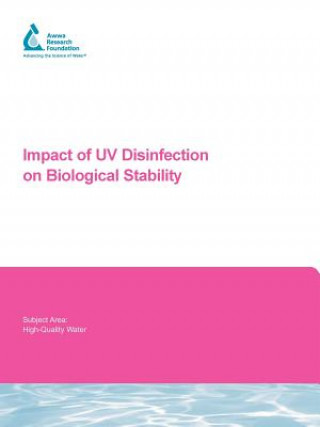
Kód: 06264441
Impact of UV Disinfection on Biological Stability
Autor R. Andrews, G. Gagnon, T. Dykstra, K. O'Leary, C. Chauret, C. Volk
Interest in UV disinfection has increased significantly in recent years, due its ability to inactivate Cryptosporidium parvum. Although UV disinfection shows significant promise for inactivation of Cryptosporidium, very few invest ... celý popis
- Jazyk:
 Angličtina
Angličtina - Vazba: Brožovaná
- Počet stran: 132
Nakladatelství: IWA Publishing, 2005
- Více informací o knize

Mohlo by se vám také líbit
-

Heaven and Hell
835 Kč
Informovat o naskladnění knihy
Zadejte do formuláře e-mailovou adresu a jakmile knihu naskladníme, zašleme vám o tom zprávu. Pohlídáme vše za vás.
Více informací o knize Impact of UV Disinfection on Biological Stability
 Anotace knihy
Anotace knihy
Interest in UV disinfection has increased significantly in recent years, due its ability to inactivate Cryptosporidium parvum. Although UV disinfection shows significant promise for inactivation of Cryptosporidium, very few investigations have examined the impact of UV disinfection on biological stability in distribution systems. Biologically stable water is defined as drinking water that does not promote the growth of microorganisms and is typically achieved either through the removal of substrate and/or by providing a secondary disinfectant. At present there is little information concerning potential synergies between UV treatment and secondary disinfectants for improving biological stability. The overall objective of the research was to evaluate the effect that UV disinfection has on biofilm growth in drinking water distribution systems. In addition, the project's sub-objectives were to (1) determine the potential synergistic effects between primary disinfection with UV treatment and secondary disinfection for controlling bacterial regrowth; (2) compare the effectiveness of chlorine dioxide, free chlorine, and monochloramine for limiting bacterial regrowth in the presence and absence of UV treatment; (3) characterize the chemical intermediates formed during UV/CI2 photocatalysis of natural organic matter; and (4) examine the potential impact of UV/CI2 treatment on the biodegradability of natural organic matter (NOM) for three drinking water utilities. The research was conducted in three phases: Phase 1 provided a direct comparison of chlorine---based disinfectants following UV disinfection; Phase 2 examined the biodegradability of humic material that had been photocatalyzed with UVICI2; and Phase 3 characterized the organic by--products produced following UVICI2 catalysis of post-filtered water obtained from three water utilities. Phases 1 and 2 were conducted at bench-scale using annular reactors (ARs) to monitor bacterial regrowth. Phase 3 was conducted at bench-scale with a batch biodegradation study to monitor bacterial growth, by-product production, and organic degradation. During Phase 3, post--filtered water was collected from three water utilities and determination of biodegradability was completed.
 Parametry knihy
Parametry knihy
Zařazení knihy Knihy v angličtině Technology, engineering, agriculture Environmental science, engineering & technology Sanitary & municipal engineering
- Plný název: Impact of UV Disinfection on Biological Stability
- Autor: R. Andrews, G. Gagnon, T. Dykstra, K. O'Leary, C. Chauret, C. Volk
- Jazyk:
 Angličtina
Angličtina - Vazba: Brožovaná
- Počet stran: 132
- EAN: 9781843398943
- ISBN: 9781843398943
- ID: 06264441
- Nakladatelství: IWA Publishing
- Hmotnost: 338 g
- Rozměry: 278 × 210 × 9 mm
- Datum vydání: 01. January 2005
Oblíbené z jiného soudku
-
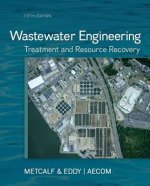
Wastewater Engineering: Treatment and Resource Recovery
8443 Kč -
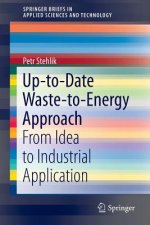
Up-to-Date Waste-to-Energy Approach
1681 Kč -

Rainwater Catchment Systems for Domestic Supply
1122 Kč -
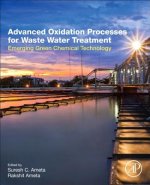
Advanced Oxidation Processes for Wastewater Treatment
4940 Kč -
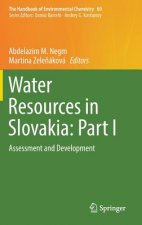
Water Resources in Slovakia: Part I
9842 Kč -
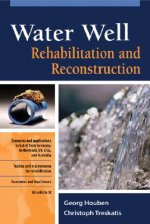
Water Well Rehabilitation and Reconstruction
3656 Kč -
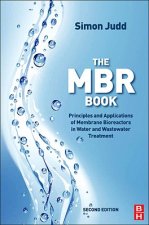
MBR Book
4957 Kč -
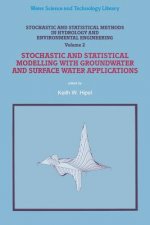
Stochastic and Statistical Methods in Hydrology and Environmental Engineering
3313 Kč -
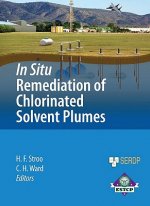
In Situ Remediation of Chlorinated Solvent Plumes
3663 Kč -

Drinking Water Security for Engineers, Planners, and Managers
2003 Kč -
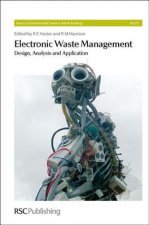
Electronic Waste Management
2473 Kč -
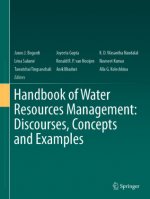
Handbook of Water Resources Management: Discourses, Concepts and Examples
6998 Kč -
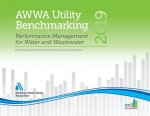
2019 AWWA Utility Benchmarking
6892 Kč -
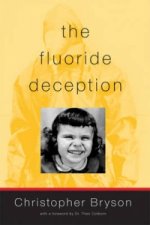
Fluoride Deception
513 Kč -
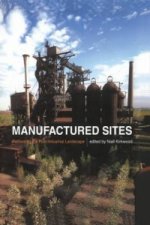
Manufactured Sites
1987 Kč -

Essential Composting Toilets
950 Kč -
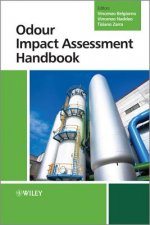
Odour Impact Assessment Handbook
5080 Kč -
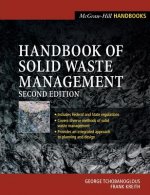
Handbook of Solid Waste Management
5888 Kč -
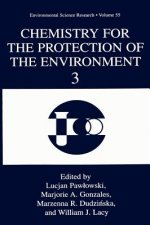
Chemistry for the Protection of the Environment 3
5094 Kč -
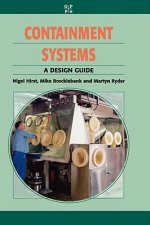
Containment Systems: a Design Guide
3505 Kč -

Applications and Efficiency of Heat Pump Systems, 1
5094 Kč -
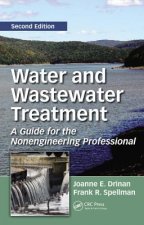
Water and Wastewater Treatment
5474 Kč -

International Steam Tables - Properties of Water and Steam based on the Industrial Formulation IAPWS-IF97
6160 Kč -
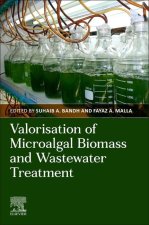
Valorization of Microalgal Biomass and Wastewater Treatment
4014 Kč -
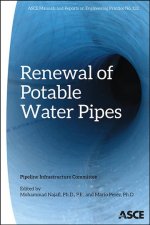
Renewal of Potable Water Pipes
3773 Kč -
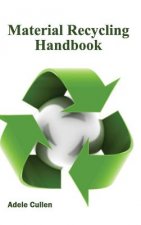
Material Recycling Handbook
4079 Kč -
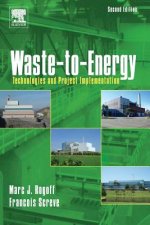
Waste-to-Energy
5267 Kč -
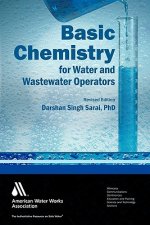
Basic Chemistry for Water and Wastewater Operators
3059 Kč -
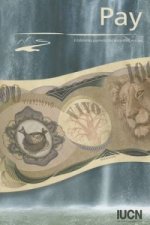
Pay
842 Kč -
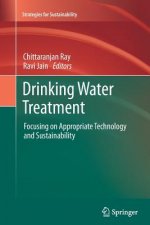
Drinking Water Treatment
4798 Kč -

Bohrbrunnen
4384 Kč -
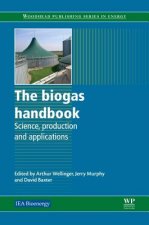
Biogas Handbook
5634 Kč -

Where Does My Poo Go?
222 Kč -
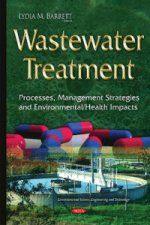
Wastewater Treatment
8502 Kč -

Coal Waste Impoundments
1474 Kč -

New Developments in Hazardous Materials Research
7165 Kč -
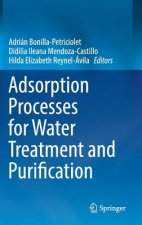
Adsorption Processes for Water Treatment and Purification
4798 Kč -
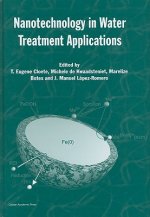
Nanotechnology in Water Treatment Applications
6969 Kč -
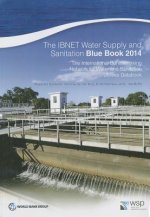
IBNET water supply and sanitation blue book 2014
1024 Kč -

Fire Protection
6680 Kč -

Solid Waste Handbook: A Practical Guide
9877 Kč -
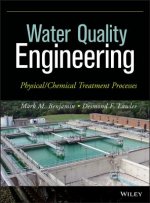
Water Quality Engineering
6308 Kč -
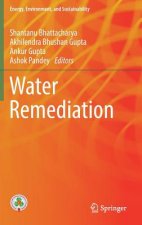
Water Remediation
5985 Kč -
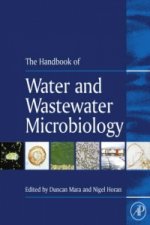
Handbook of Water and Wastewater Microbiology
6141 Kč -
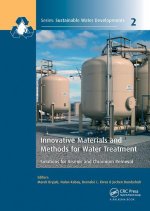
Innovative Materials and Methods for Water Treatment
1852 Kč -
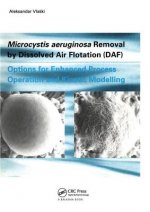
Microcystic Aeruginosa Removal by Dissolved Air Flotation (DAF)
2770 Kč -
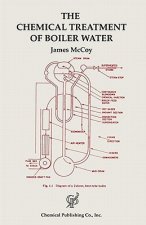
Chemical Treatment of Boiler Water
3227 Kč -
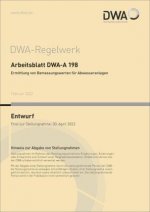
Arbeitsblatt DWA-A 198 Ermittlung von Bemessungswerten für Abwasseranlagen (Entwurf)
2317 Kč -
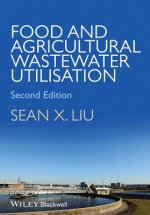
Food and Agricultural Wastewater Utilization and Treatment 2e
5298 Kč
Osobní odběr Praha, Brno a 12903 dalších
Copyright ©2008-24 nejlevnejsi-knihy.cz Všechna práva vyhrazenaSoukromíCookies



 Vrácení do měsíce
Vrácení do měsíce 571 999 099 (8-15.30h)
571 999 099 (8-15.30h)